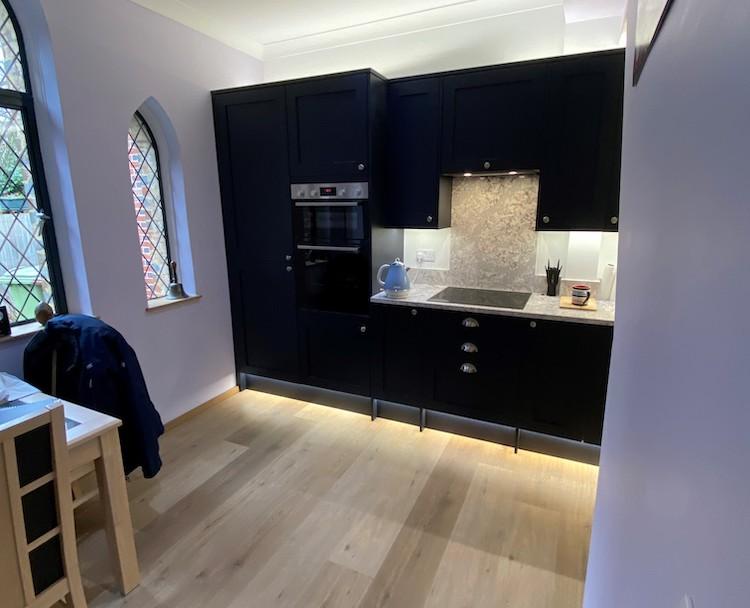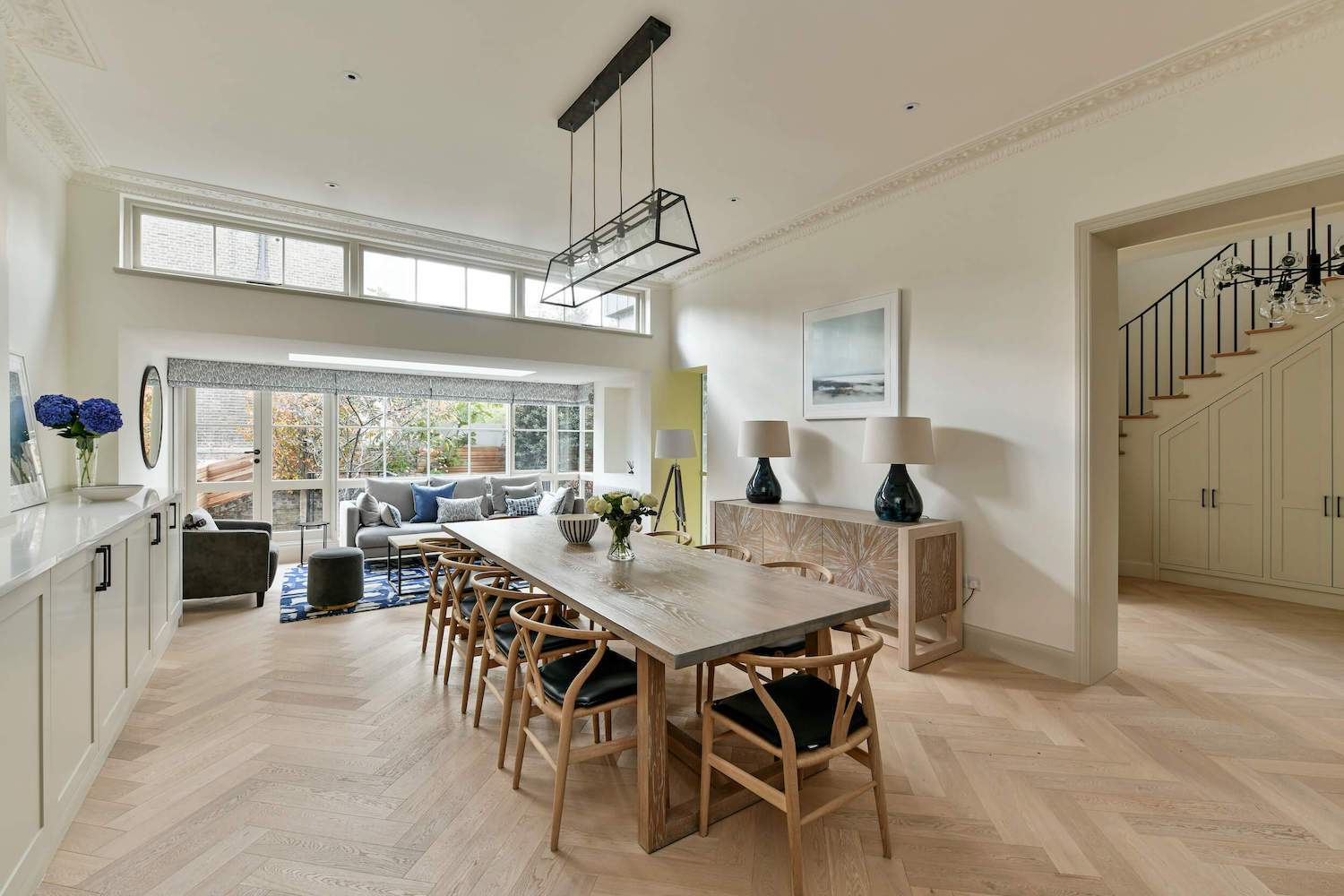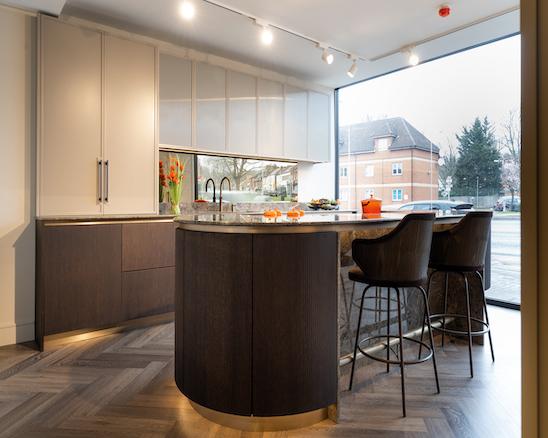How to choose wood flooring
How to choose wood flooring
From board types to budget, there’s a lot to consider
With its longevity and natural beauty, a solid wood floor will appeal to almost anyone. It brings warmth, elegance and effortless style to your home. What’s more it’s a family-friendly option as spilt drinks and muddy footprints can be easily cleaned up and are less likely to stain compared to carpeted areas.

Image supplied by Solid Wood Flooring Company
Solid planks or engineered boards?
Engineered wood flooring is made from a high-quality plywood core with a thin layer of hardwood flooring on top. When selecting wood flooring it’s important to consider where it will be installed. Engineered wood flooring rather than solid wood is recommended for kitchens, bathrooms or utility rooms, for example. This is because it is less prone to warping in areas where moisture is present due to its multi-layered construction. The stability of engineered planks is also better suited to underfloor heating.
Solid wood flooring, on the other hand, has more character than engineered versions with natural variations in colour and graining between individual planks, creating a truly unique floor.
Which option is the most durable?
Wood flooring can last for more than a lifetime if properly maintained. While it might seem like a big investment initially, you won’t need to replace it every 10 to 20 years like other types of flooring such as carpet or vinyl. How well it wears depends on the type, species and finish applied.
Slow-growing hardwoods, such as maple, oak or walnut, are denser and naturally more robust than softwoods like pine, larch and Douglas Fir. Hardwoods are sturdier and don’t scratch or dent as easily. Whether it is a hardwood or softwood, a solid wood floor can be sanded and refinished again and again to extend its lifespan.
Higher quality (and more expensive) engineered wood floors usually have a thicker top layer of hardwood which means they can be sanded back and refinished offering more longevity than cheaper versions. There is a limit to how many times you can do this, however, so solid planks are the most durable option.
Colour options
 Image supplied by Solid Wood Flooring Company
Image supplied by Solid Wood Flooring Company
When choosing a floor colour, think about the size of the room, how much light it enjoys and ceiling height. Wood floors range in colour from almost white ash to dark chocolate brown walnut. Opting for light-coloured flooring can help make a small room feel bigger and brighter. Ash, maple and beech come in white and pale grey hues. At the darker end of the colour spectrum are exotic African hardwoods, including ebony, mahogany and teak.
It’s hard to predict what wood floor shades will be on-trend in years to come. So, you might prefer to stick to timeless golden oak that won’t go out of fashion and complements any style interior.
Different finishes
Engineered flooring can be given a textured or brushed finish to make it look more natural. To create this effect, a special wire brush is used to create small scratches and grooves.
Other options include ‘distressed flooring’ for a vintage feel. Big knots and cracks in low-grade wood are factory-filled with a colour filler. If you want a more contemporary look, then choose a smooth surface. It will easier to keep clean with less chance of dirt getting trapped in the grooves.
Whether the wood floor is oiled, lacquered or varnished will affect both its looks and longevity. Most hardwood floors come pre-finished, though untreated boards are available. Oil treatments penetrate deep into the cells of the wood, emphasising its natural grain and texture. For maximum protection, lacquered finishes offer high durability and resistance to scuffs and spills. Wood flooring can also be stained or painted to achieve a certain aesthetic and hide imperfections.
Laying pattern of timber floors
From straight to diagonal and brick to basketweave there’s a wide choice of timber floor patterns. Your choice will probably come down to what best suits your home’s interior.
Think twice before installing an intricate parquet pattern if most of your wood floor is covered by rugs or furniture. Narrow, straight boards tend to suit period properties while broader planks offer a more modern look. Opting for wider planks can also help minimise the shrinking effects of dark floors in smaller spaces. Plank depth and length all vary, too.

Image supplied by Solid Wood Flooring Company
How much will my wood floor cost?
Budget is always an important factor when choosing the type of wood flooring you want. Engineered wood isn’t always cheaper than solid wood with prices starting at around £35 per m2 rising to £100-plus for premium products. Solid wood tends to have a more expensive starting point at around £40 per m2 but higher quality options are a similar price to the more expensive engineered wood.
Remember to budget for the cost of fitting. This will vary with floor size and complexity of laying pattern. As a broad rule of thumb, expect to pay around £250 per day for labour.
If your budget is tight, there are clever lookalike wood veneer products that are inexpensive, though they won’t be as robust or good looking.
Can I install my wood floor?
Hardwood flooring is usually installed over sub-flooring that needs to be adequately prepped, making the installation more complicated. Floors can be floated over an underlay, glued down, nailed down or screwed down. The chosen method will depend on the type of flooring you are buying (solid or engineered wood) and the existing subfloor – whether it’s concrete or screed, wood floorboards, joists or chipboard. Some ‘click and fit’ products can be tackled by a competent DIYer but for the best possible finish hire a professional to fit the floor for you.
What maintenance is needed?
Wooden floors are simple to maintain. Regular sweeping or vacuuming with a brush attachment will remove dust and loose dirt. Occasional damp-mopping your floor with a protective solution mixed with water is fine so long as you are careful to avoid water penetration into the joints of the floorboards. Heavy traffic areas such as the hallway or kitchen may require more regular cleaning. If any area looks dull or scuffed, it can be refreshed with a liquid wax cleaner. Sanding and refinishing a solid wood floor every five to ten years will give it a new lease of life.
Doctors tend to recommend wood floors for people who suffer from allergies. Wood flooring doesn’t harbour parasites like fleas, dust mite or spores. If you’ve got children or pets, it may be best to choose a floor that has a texture because the raised grain can help disguise small scratches. A wood floor is a long-term investment that will enhance your home and increase its value.
